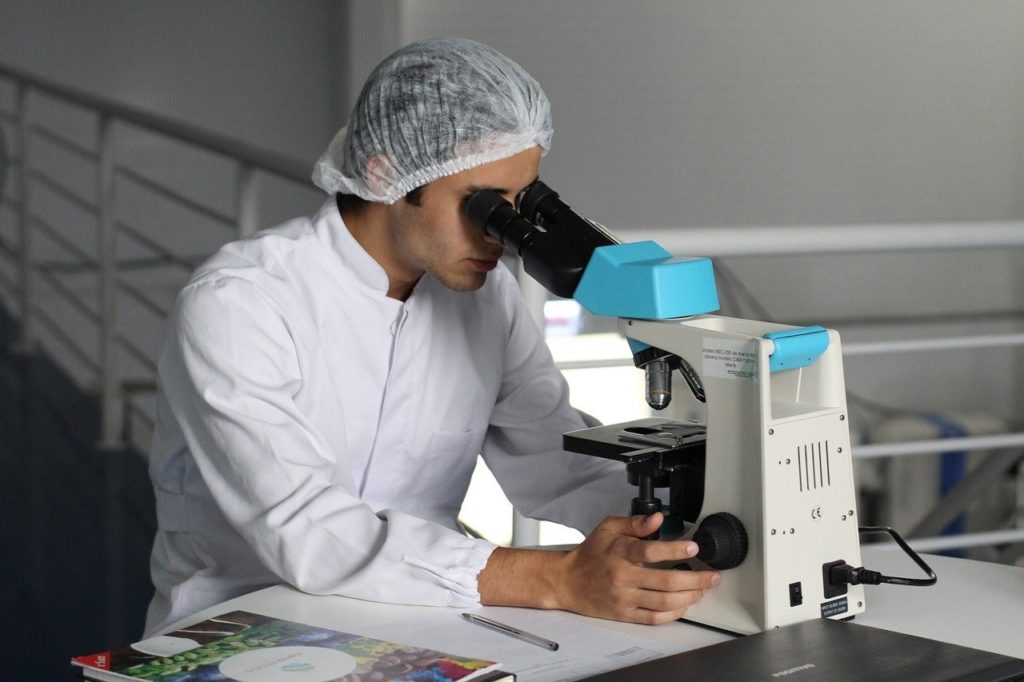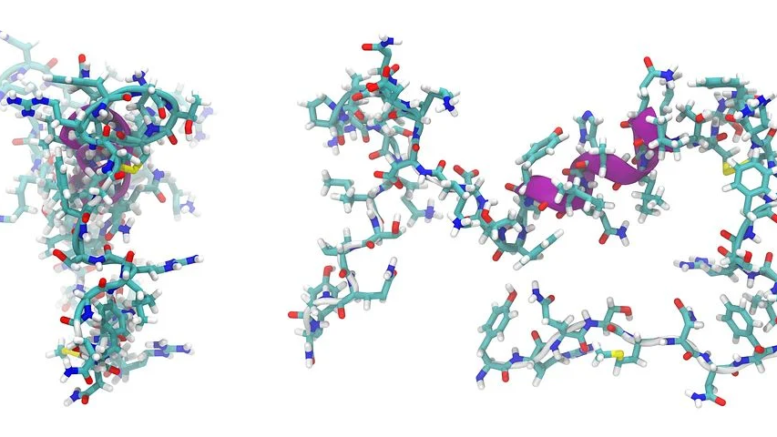Proteins have a multitude of body functions. They form antibodies that help in fighting diseases caused by bacteria and viruses. The understanding of antibody formation is crucial for the pharma field. Proteins form enzymes that aid in chemical reactions in the body. They are a part of messenger molecules in the form of hormones that coordinate with different organs. Proteins also have a role in the formation of body structure and the protective layer of cells.
The constituent amino acid sequences and the structure folding of proteins determine their functions. Decoding the sequences of amino acids is an essential research topic for scientists. Proteins also impact gene expressions and mutations. Therefore, the study of proteins is a crucial part of molecular biology and genetics.
Protein production and extraction:
Once the amino acid sequence and the gene expression for the protein are identified, it is possible to manufacture proteins synthetically. There are several recombinant expression systems like that of E.Coli, yeast, etc. Here, the components for protein synthesis such as the DNA/mRNA strip with the gene code, amino acids, and binding chemicals are introduced into the living cell or cell extract. In vitro-expression systems require an energy source too. Custom protein production has vast applications in the field of drug discovery, cloning, and genetic modifications.
A database of amino acid sequences in the proteins is maintained to keep track of their functionality. To determine the nature and importance of a protein in cell mechanisms, scientists compare its amino acid pattern with the known ones in the database.
Scientists also obtain protein for research purposes from body tissues, cells, or microorganisms and the cell linings of vertebrate animals and plants. There are different methods of extraction, such as solvent-based extraction, homogenization, etc.
During the extraction of natural protein and laboratory protein synthesis, one has to be careful that it remains intact. Therefore, it is essential to determine pH, temperature for stable storage conditions. Also, the extract can contain impurities like host cell substrates, culture components, etc. The purity required depends on the application, such as research and preparative purposes. Below we explain the different methods to check the purity of protein synthesis.

Chromatography methods:
Chromatography practices use a set of absorbents that separate the desired protein molecules from the extract. The absorbent can attach to the impurities in the mixture so that only the required protein molecules filter out or vice versa. The most sytandard form of chromatography is column chromatography. Here the protein in a solvent flows through a porous stationary medium that has the absorbent chemicals. Affinity chromatography gives the purest proteins. Here the protein molecules bind to the ligands present in the stationary phase while the impurities wash away. Then an elution buffer separates the protein molecules from the ligands.
In size-exclusion chromatography, the large protein molecules flow through the pores of the stationary medium faster than the small ones as these can get stuck inside the agarose beads and move slower. The method is efficient in terms of quantity as there is no binding involved. Other types of chromatography are ion-exchange based, where the molecules have differential charge polarity.
Precipitation techniques:
Proteins have a hydration shell, which is a layer of water molecules surrounding the protein molecules. In an aqueous solution, the water layer can break. Based on the disruption, it is possible to segregate the protein. The first method here is salt precipitation. The commonly used salt is ammonium sulfate. The salt molecule competes with protein for water molecules, and the hydrophobic part of the proteins interact and separate. The method is safe as after re-dissolving, the protein molecules can retain their biological processes.
Another method in the precipitation process is isoelectric or acid-induced precipitation. The process involves adding an acid (usually Trichloroacetic Acid) to the protein mixture. It lowers the pH of the medium, and protein molecules gain a positive charge and precipitate. The method is suitable for mass spectrometry analysis.
Centrifugation and sonication techniques:
In recombinant protein synthesis, the expression occurs in the host medium such as bacteria (E.Coli) and mammalian cells. The cell extract contains different molecules, along with the desired protein. The centrifugal system consists of a series of centrifuge tubes with rotors. The rotor spins fast and alters the gravitational force inside. Based on the size, density, viscosity, the large protein molecules separate and quickly settle at the bottom. The centrifugal method is applicable for both the preparative and analytical purification of proteins.
Sonication is the process of applying ultrasonic sound to the cell extract containing the proteins. It causes lysis of the outer membrane. Then one can go for a centrifugal process to separate proteins from other intracellular molecules.
Electrophoresis:
The principle behind electrophoresis is the differential movement rate of proteins under an electric field. The medium for the process can be gel or liquid-based. The commonly used one is a polyacrylamide gel. The velocity and direction of migration depend on the charge and size of the molecules.
The protein extract requires a buffer solution to withstand the temperature and pH of the electrophoresis cell. It is also possible to stain the molecules and visualize their movements. The method also helps in size detection, isoelectric point determination, and analyzing the enzymatic activity of proteins.
Magnetic bead separation:
Biomagnetic fields are suitable for obtaining a high level of purity and large-scale protein production. It is a quick way to remove endotoxins and contaminants in the case of recombinant proteins. These can have different tags, such as the his-tag and flag-tag. The his-tagged proteins have six consecutive histidine residues, whereas the Flag-tagged ones have a polypeptide chain. The magnetic beads can attach to the tagged proteins.
The process involves adding the magnetic particles to the cell lyse. The tagged proteins are held together under the influence of an external magnetic field. Once you remove the rest of the solution, you can release the external field.
Final Thoughts
Protein-specific research procedures require it to be pure and least damaged. At the same time, it is necessary to keep its functionality intact. Proteins used for therapeutics and drug discovery require large-scale production without any compromise on quality. Hence, protein purification is an essential step in academic and industrial applications.
